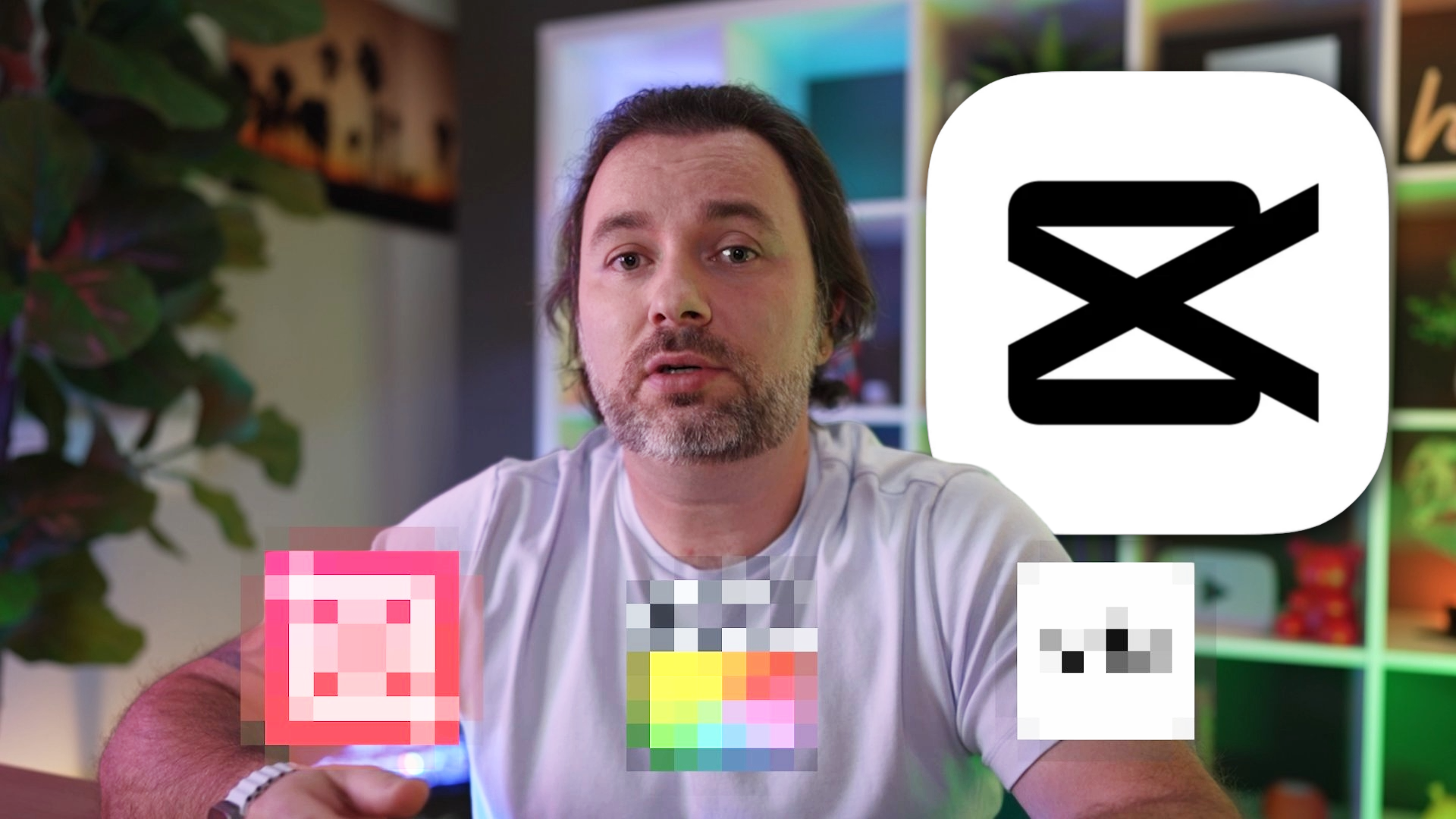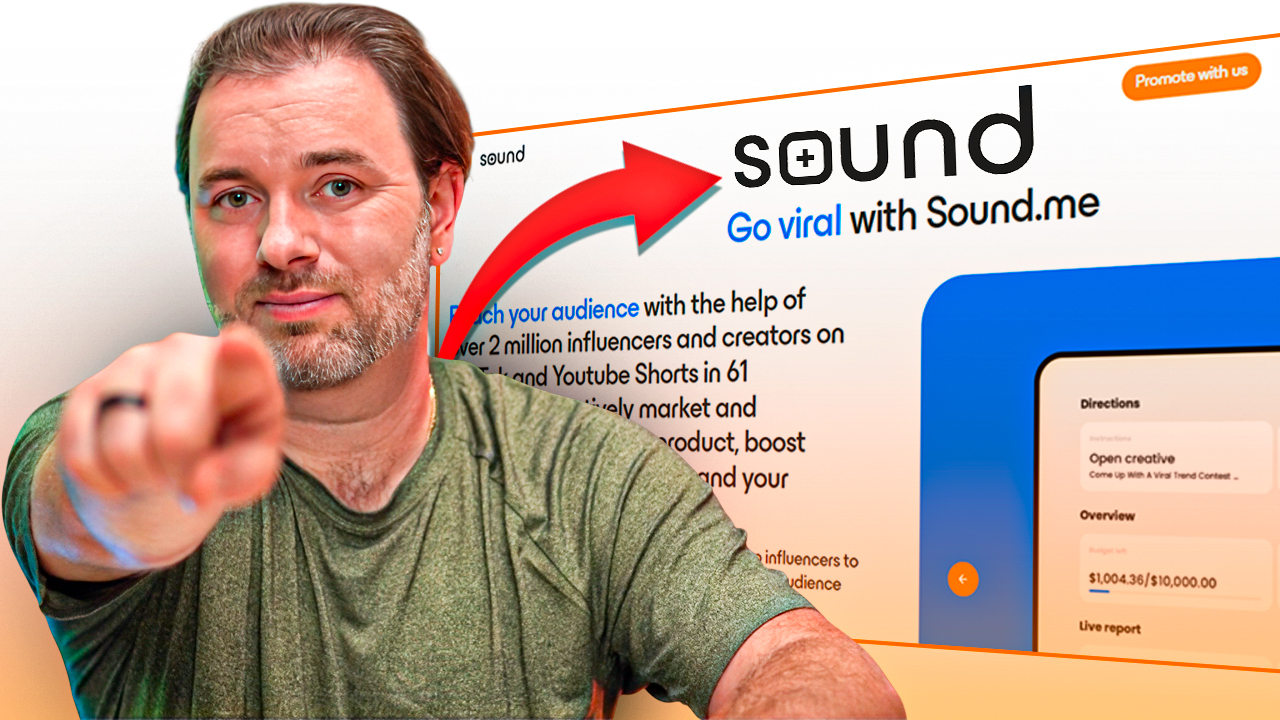The Science of Engagement: What Makes People Click
Audiences today scroll past hundreds of posts, thumbnails and headlines every hour. Winning their attention isn’t a matter of luck; it’s grounded in science. Research from personalization studies, media psychology and digital marketing shows clear patterns in why people choose one piece of content over another. Here’s what matters most:
1. Relevance and Personalization
People are drawn to content that feels “for them.” A major survey by Epsilon found that 80 % of consumers are more likely to purchase from a company that offers personalized experiences, and 90 % find personalization appealing. Those who perceive a brand’s outreach as personalized not only shop more frequently but also become its most valuable customers. This means content that addresses a specific pain point or aspiration—“Struggling to stay focused at work? Here’s a 2‑minute trick to boost your productivity”—is far more likely to earn a click.
2. Stories Over Statistics
Facts inform, but stories move us. A meta‑analysis covering more than 33,000 participants found that narrative texts are easier to understand and remember than expository essays, regardless of study design. Storytelling engages multiple areas of the brain; one neuroscientific review notes that messages delivered as stories can be up to 22 times more memorable than facts alone. Including a human element—faces, names, emotions—in your content makes abstract ideas tangible and memorable.
3. The Curiosity Gap
Humans dislike uncertainty, which is why headlines that create a knowledge gap compel us to click. Media psychologists point out that high‑arousal emotions (awe, anger, anxiety) make content more likely to be shared. Headlines that tease a solution without revealing it—“Most people make this mistake when saving money. Are you one of them?”—tap into this mechanism. However, avoid misleading clickbait; while sensationalized headlines can spike traffic, they rely on negativity bias and can erode trust.
4. Scannable and Digestible Content
Web users don’t read every word. A classic usability study found that 79 % of users scan pages rather than reading line by line. When researchers redesigned text to be concise and scannable—using short paragraphs, meaningful subheadings and bullet lists—usability increased by 124 %. Write in short sentences, highlight key words and use bullet points to guide the eye. If the layout feels easy, your audience will stay.
5. Emotional Resonance
Emotion drives engagement. A study by Jonah Berger observed that content evoking high‑arousal emotions, whether positive (awe) or negative (anger, anxiety), is more likely to be shared. Similarly, humor, inspiration or nostalgia can trigger clicks because they make readers feel something. Use honest emotions in copy and visuals—whether it’s a relatable workplace blooper or a personal victory—to connect with your audience on a human level.
6. Trust and Authenticity
Audiences trust people more than corporate voices. Research summarized by the Reuters Institute found that loyal readers cite brand credibility, accuracy and topical expertise as their top priorities. Authentic storytelling—such as behind‑the‑scenes glimpses or honest case studies—builds credibility. Avoid over‑polished marketing fluff; instead, let real voices from your team or community speak.
7. Visual Pull
Our brains process images faster than text. A study across 40,000 Facebook posts showed that converting link shares into photo posts increased impressions by about 114 % and nearly doubled engagement. Bright colours, expressive faces and unexpected compositions stop the scroll long enough for your message to register. Whenever possible, pair your copy with a strong visual that complements your story.
8. Interaction and Conversation
People want to participate, not just consume. According to a 2025 media marketing analysis, interactive content such as polls, quizzes and personalized videos generates 52.6 % more engagement than static content and converts buyers 70 % of the time. Spotify’s annual Wrapped campaign, which invites users to share personalized listening stats, generated over 60 million social shares. Questions like “Which of these habits hurts productivity?” or interactive tools that let readers test their knowledge encourage clicks and comments.
9. Urgency and Exclusivity
Scarcity triggers fear of missing out (FOMO). Marketing analysis shows that limited‑time offers, countdowns and messages like “Only three spots left” stimulate urgency and drive quick action. Use this strategy sparingly and honestly—an overused countdown timer will annoy readers—but when something truly is limited, say so.
10. Entertainment and Quick Value
Finally, audiences want to be entertained or informed—fast. Whether it’s a short video that makes them laugh or a concise tutorial that solves a problem, content promising a clear benefit within a few seconds stands a better chance of earning a click. Combine the principles above—relevance, stories, visuals and authenticity—to deliver that value efficiently.
Final Thoughts
Clicks aren’t generated by algorithms alone; they stem from human psychology. People click because content is relevant, emotionally engaging, easy to digest and visually appealing. They respond when they feel part of a conversation, when a story piques their curiosity, and when trust and authenticity shine through. As a marketer or creator, focus on these human drivers. If your content makes your audience feel seen, understood or inspired, they won’t just click — they’ll stay, engage and share.


.png)







.jpg)
%20copy.jpg)
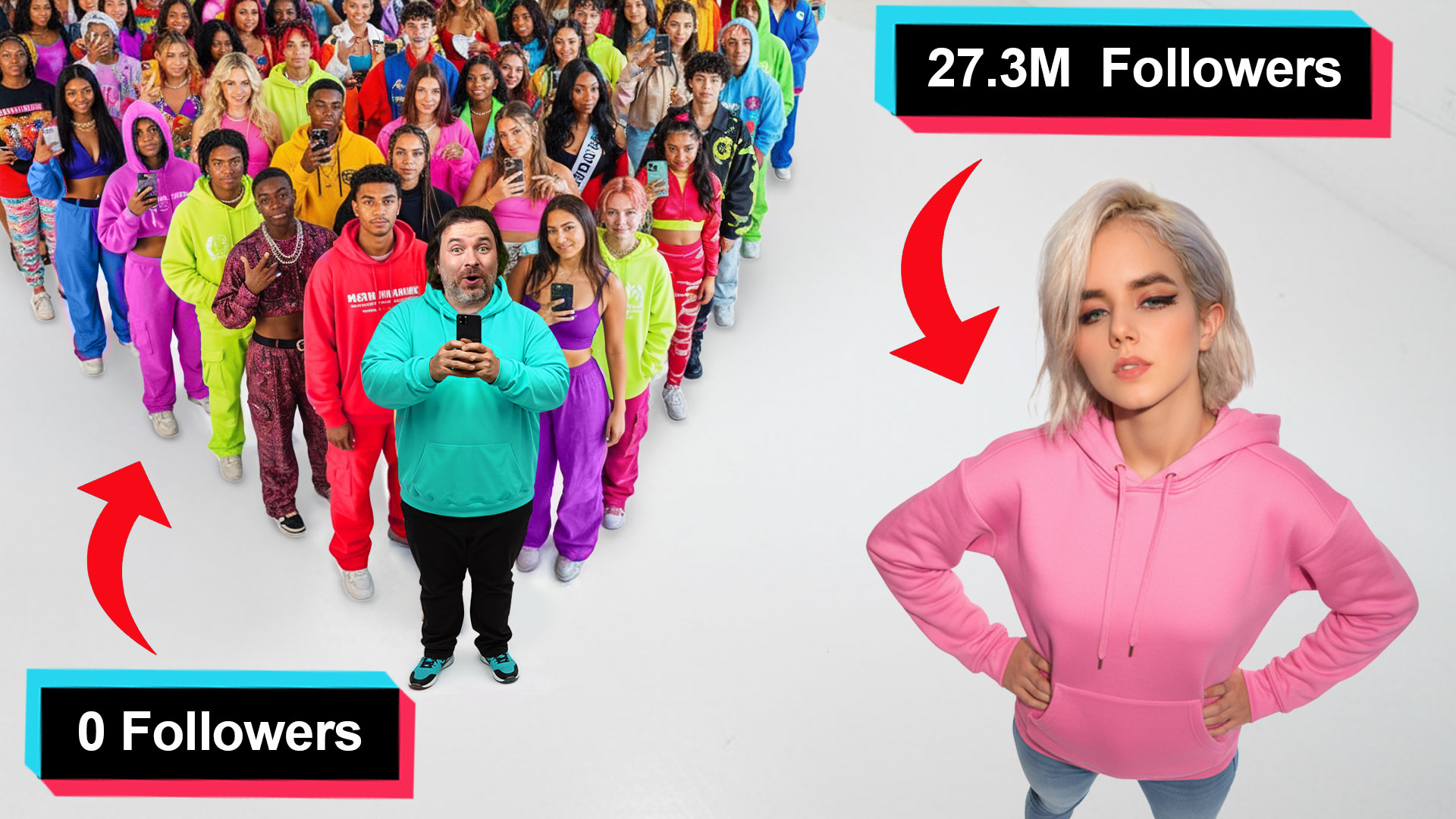
.jpg)

.jpg)
%20copy.jpg)
%20copy.jpg)
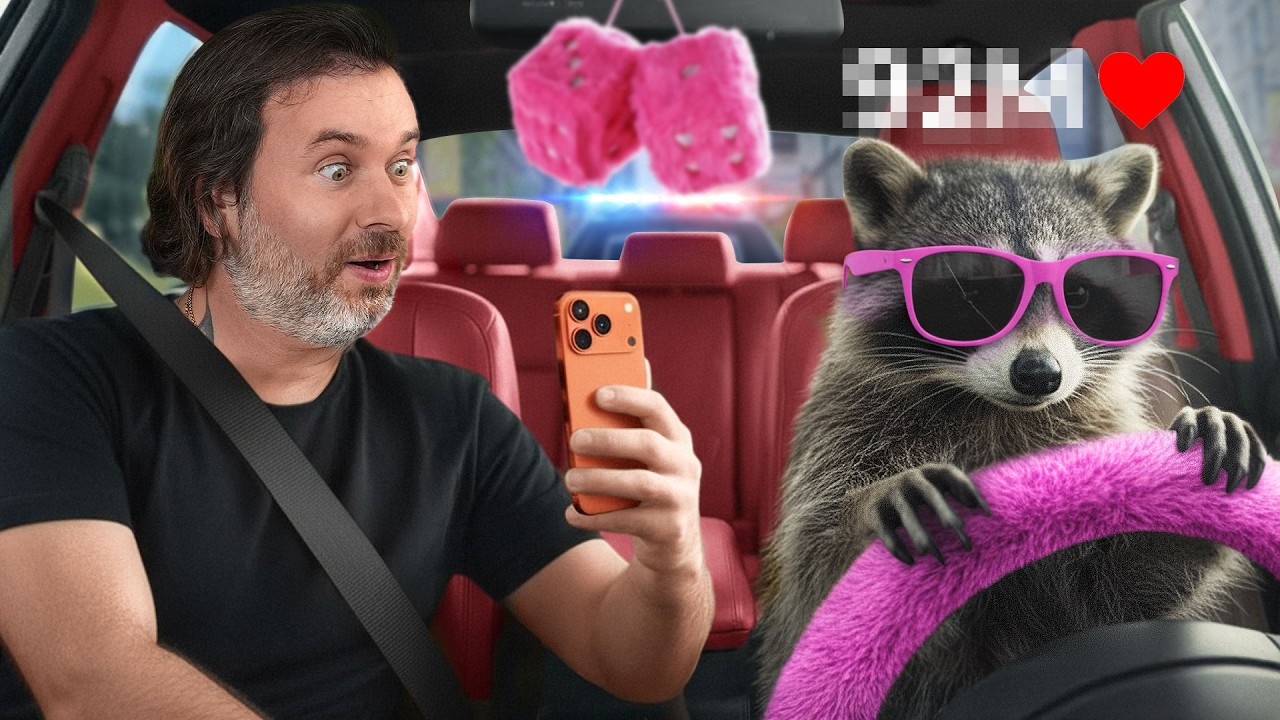


.png)
.png)

.png)
.jpg)
.png)
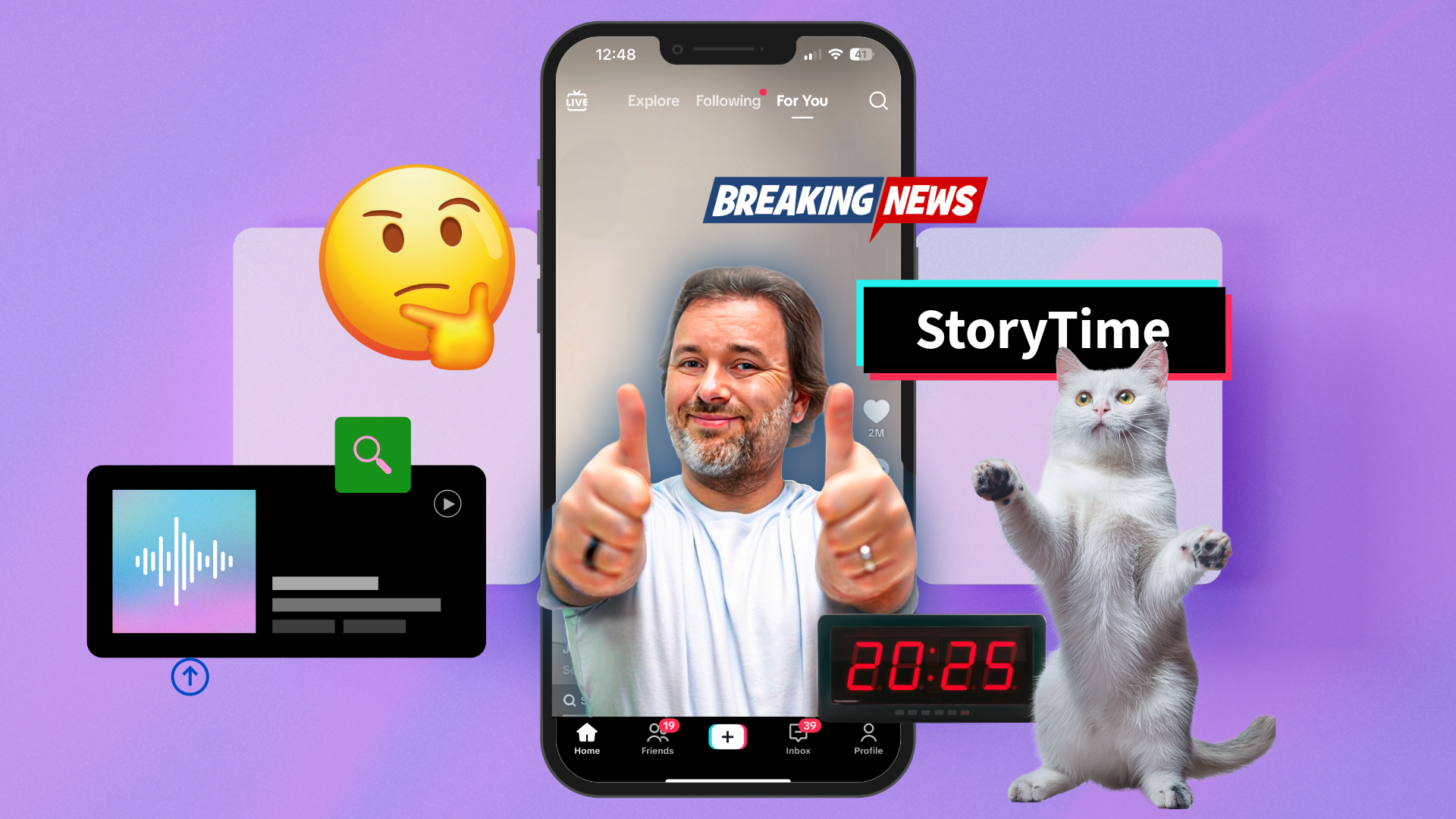
.png)
.png)

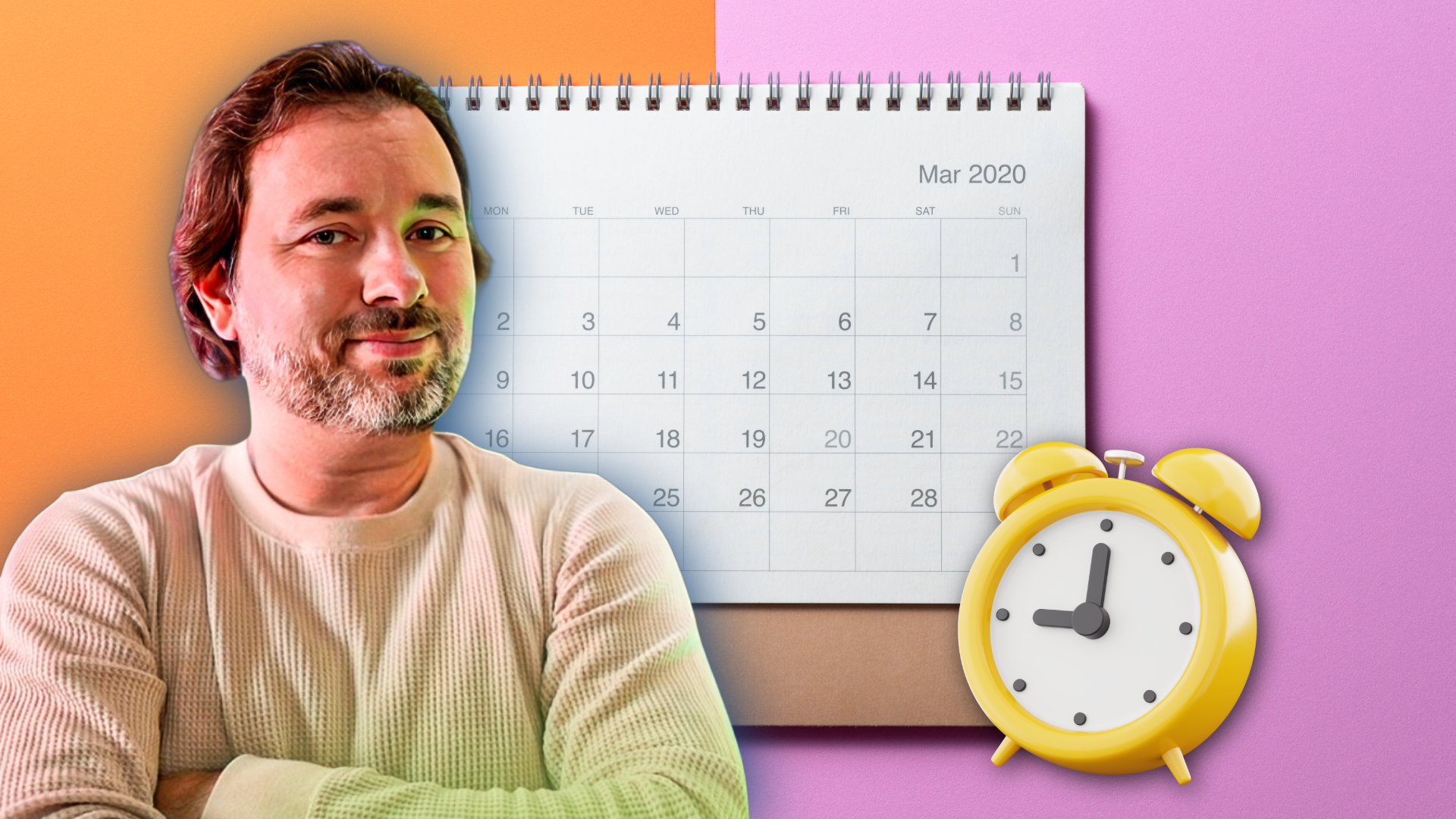
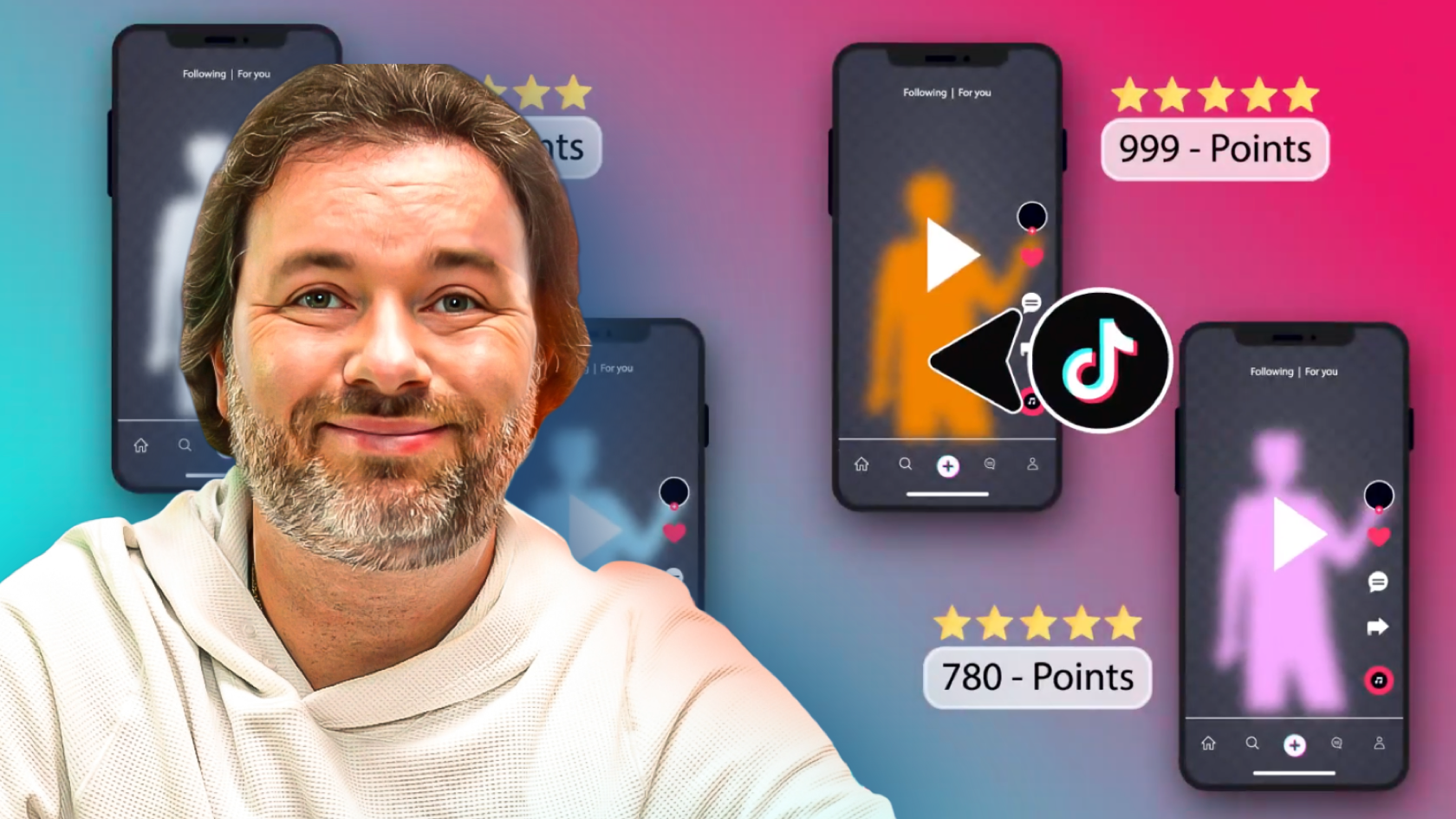
.png)
.png)
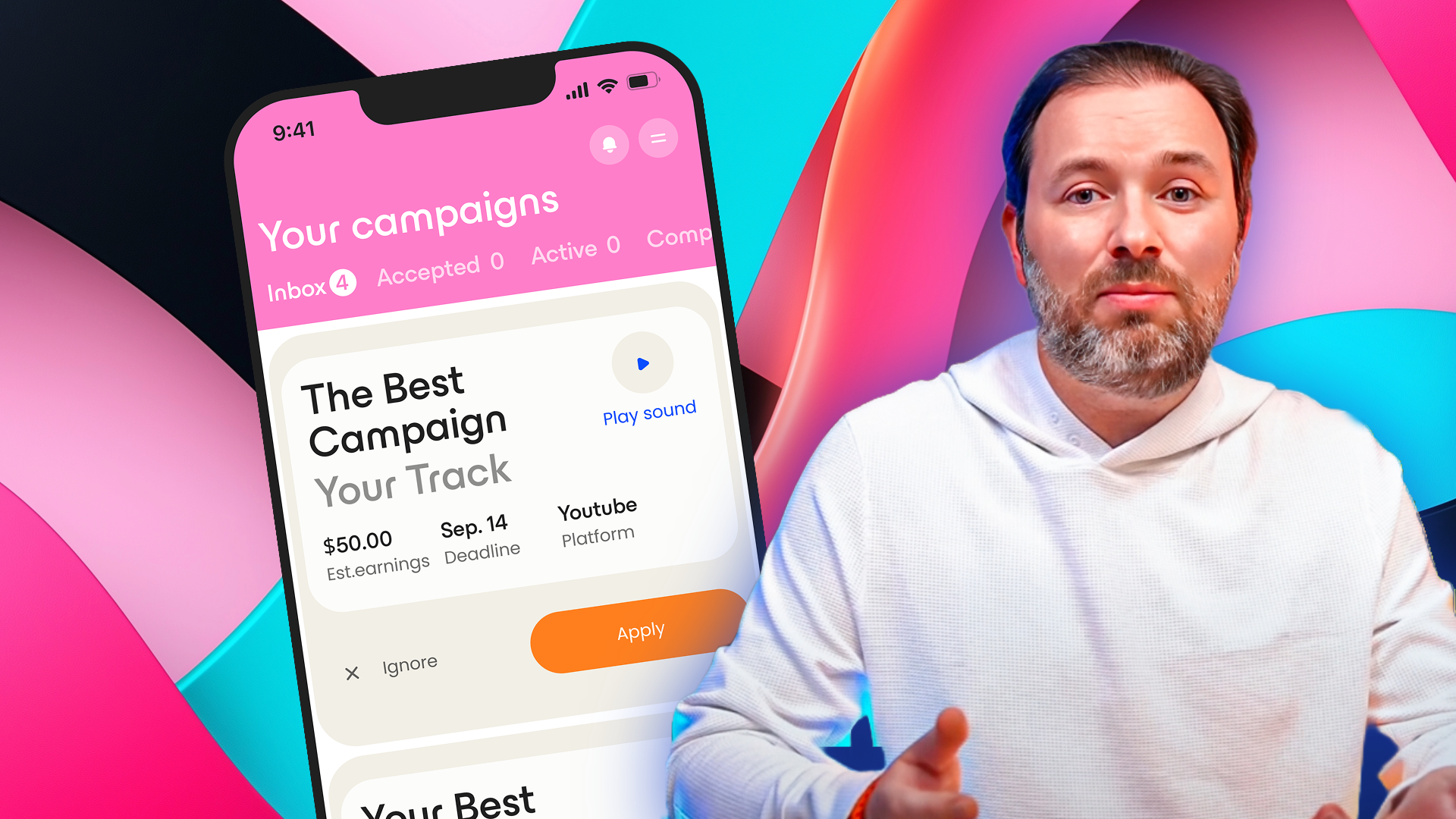
.png)
